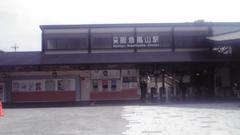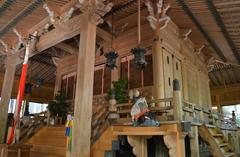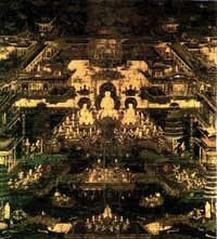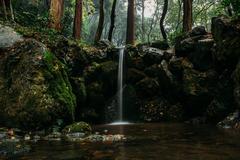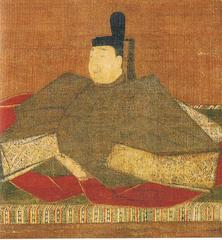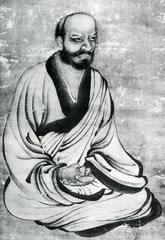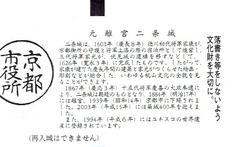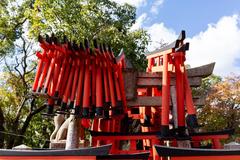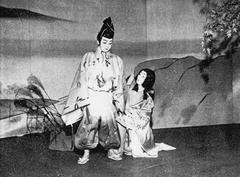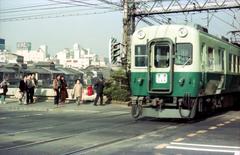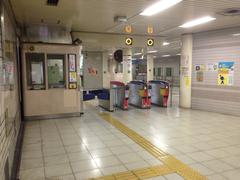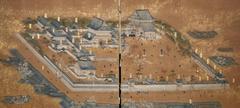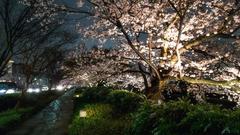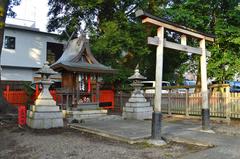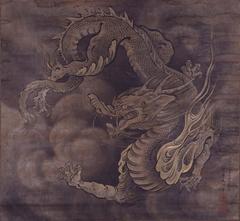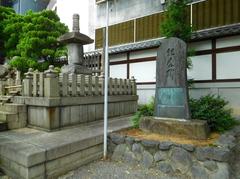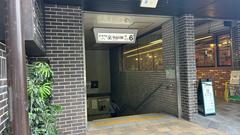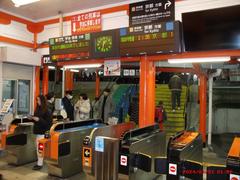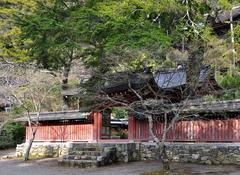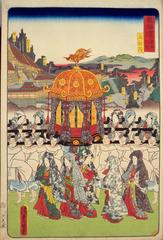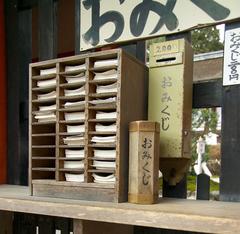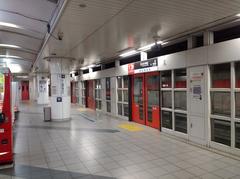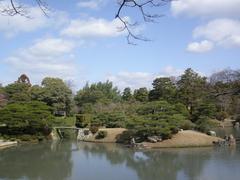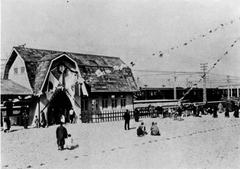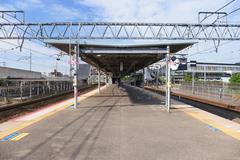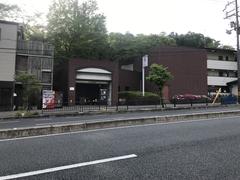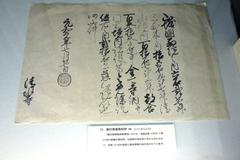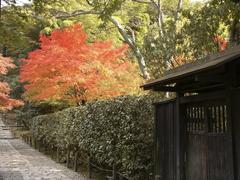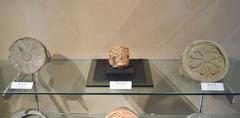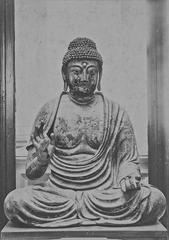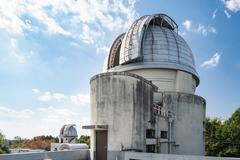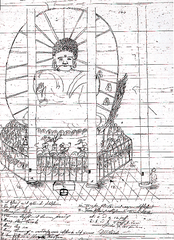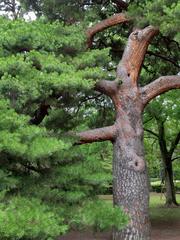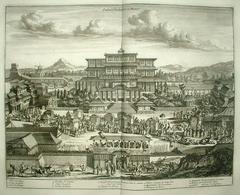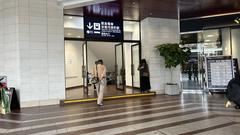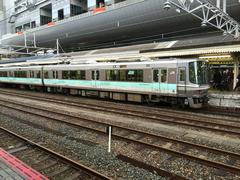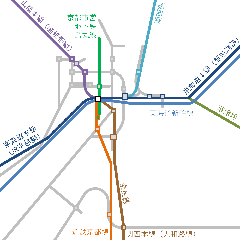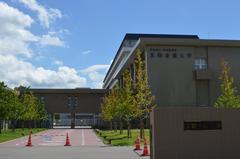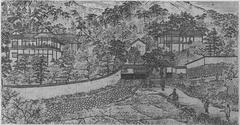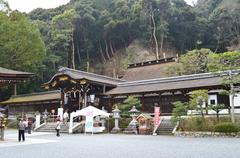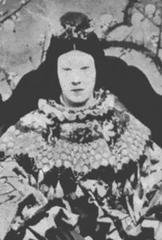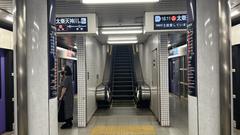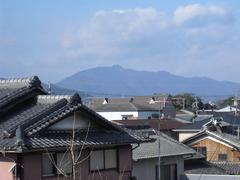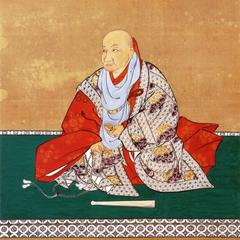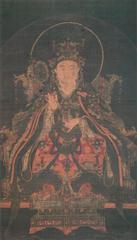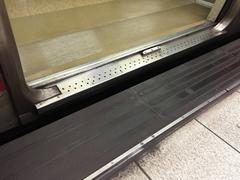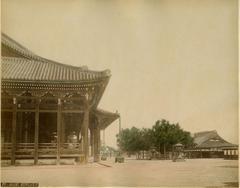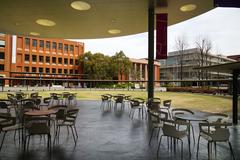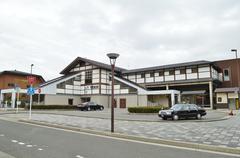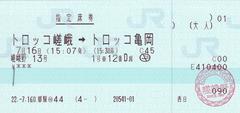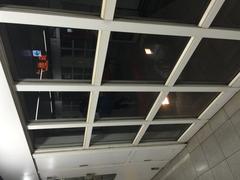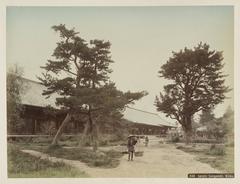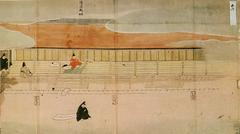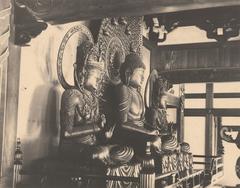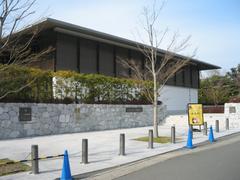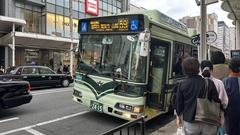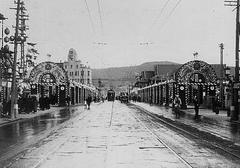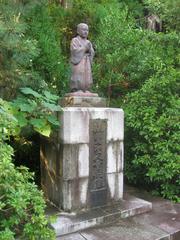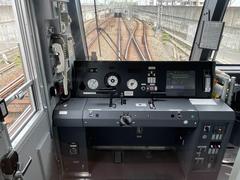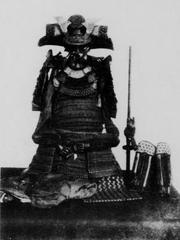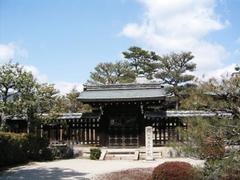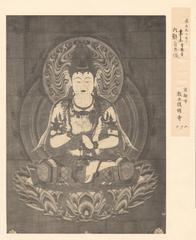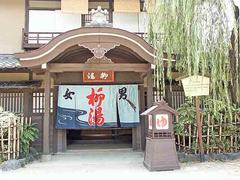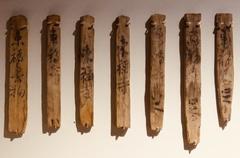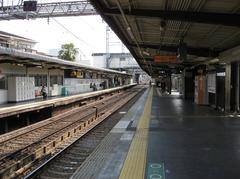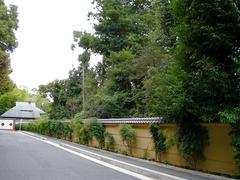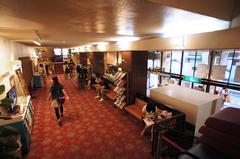Ryukokudai-Mae-Fukakusa Station Kyoto Visiting Guide: Tickets, Hours, and Travel Tips
Date: 04/07/2025
Introduction: Ryukokudai-Mae-Fukakusa Station—Your Gateway to Southern Kyoto
Ryukokudai-Mae-Fukakusa Station is a pivotal transportation hub in Kyoto’s Fushimi Ward, renowned for its seamless access to some of the city’s most iconic cultural, historical, and educational destinations. Renamed in 2019 to highlight its proximity to Ryukoku University’s Fukakusa campus, the station is more than just a transit point—it serves as the perfect starting place to explore Kyoto’s spiritual sites, traditional neighborhoods, and seasonal festivities.
Located on the Keihan Main Line and near the JR Nara Line, the station offers easy connections for both domestic and international travelers. Whether your interests lie in spiritual landmarks like Fushimi Inari Taisha, Zen temples such as Tofuku-ji, or the sake culture of Fushimi, this guide will equip you with essential travel information—covering visiting hours, tickets, accessibility, and expert tips for a memorable Kyoto experience. (Ryukokudai-Mae-Fukakusa Station Official Page, Fushimi Inari Taisha Shrine, Ryukoku University)
Table of Contents
- About Ryukokudai-Mae-Fukakusa Station
- Visiting Information
- Nearby Attractions
- Community Amenities
- Practical Tips & FAQs
- Visual Guide
- Plan Your Visit
- References
About Ryukokudai-Mae-Fukakusa Station
History and Naming
Opened as “Fukakusa Station,” this vital stop was renamed “Ryukokudai-Mae-Fukakusa Station” on October 1, 2019, to underscore its proximity to Ryukoku University’s Fukakusa campus. The name translates to “in front of Ryukoku University,” emphasizing its role as a gateway for students and visitors alike.
Station Layout & Accessibility
Operated by Keihan Electric Railway (station code KH33), Ryukokudai-Mae-Fukakusa Station features two ground-level side platforms, connected by a pedestrian overpass. The station offers:
- Elevators and ramps for smooth access
- Tactile paving for the visually impaired
- Wheelchair-accessible restrooms
- Multilingual signage (Japanese/English)
Visiting Information
Hours of Operation
- Station: Open daily, generally from 5:00 AM to midnight, in line with Keihan Main Line schedules.
- Nearby shops & restaurants: Vary in opening times; most open after 7:00 AM and close by 8:00–10:00 PM.
Ticketing Options
- Automated Ticket Machines: Onsite, with Japanese and English options.
- IC Cards: ICOCA, PiTaPa, Suica, and Pasmo are accepted. These can be purchased without registration starting in 2025.
- Day Passes: Unlimited travel options are available for tourists.
- Mobile Payments: Apple Pay/Suica compatible.
- Online Purchases: Some passes can be bought online via the official Keihan Electric Railway website.
Getting There
- Keihan Main Line: Direct access from Kyoto and Osaka.
- JR Nara Line: Five-minute walk from JR Inari Station for easy transfers.
- By Bus: Multiple routes connect to central Kyoto and Fushimi.
- By Taxi/Bicycle: Taxis are readily available; bicycle rentals are nearby.
Nearby Attractions
Fushimi Inari Taisha
A 10–15 minute walk from the station, Fushimi Inari Taisha is Kyoto’s most famous shrine, celebrated for its thousands of vermilion torii gates winding up Mount Inari. Open 24 hours, admission is free, and early morning or evening visits are ideal for peaceful exploration and photography. The annual Inari Matsuri in February is a highlight, featuring vibrant processions.
Tofuku-ji Temple
A 20-minute walk or short train ride, Tofuku-ji Temple is known for its exquisite Zen gardens and iconic Tsutenkyo Bridge. The temple is especially popular during the autumn foliage season (mid-November). Some garden areas require a small admission fee.
Fushimi Sake District
A short ride away, the Fushimi Sake District is home to over 30 breweries. The Gekkeikan Okura Sake Museum offers historical exhibits and guided tastings. Many breweries require advance booking for tours, especially during peak seasons.
Ryukoku University & Museum
Adjacent to the station, Ryukoku University is one of Japan’s oldest Buddhist universities. The Ryukoku Museum features Buddhist art and historical artifacts, with English-language displays and rotating exhibitions.
Fujinomori Shrine
A 10-minute walk north, Fujinomori Shrine is famed for its annual horseback archery festival in May. The shrine is open daily and admission is free. Its tranquil grounds and seasonal events make it a hidden gem for visitors.
Kyoto Railway Museum & Aquarium
A short train or bus ride brings you to the Kyoto Railway Museum, which showcases Japan’s railway history and interactive exhibits, and the Kyoto Aquarium, which highlights local aquatic ecosystems and offers family-friendly facilities.
Sanjusangendo
A quick bus ride away, Sanjusangendo houses 1,001 statues of the goddess Kannon and is renowned for its annual archery contest in January. Admission is ¥600, and the temple is particularly atmospheric in the early morning.
Local Dining & Shopping
The Fukakusa neighborhood is dotted with family-run eateries, bakeries (like PETITBLANC), and supermarkets (FRESCO). Enjoy specialties such as inari sushi, seasonal wagashi, and matcha sweets. Many local shops are cash-only; ATMs are found at convenience stores.
Community Amenities
- Dining & Shopping: Numerous options near the station for all budgets.
- Medical Facilities: Kyoto Kuno Hospital is nearby for healthcare needs.
- Accommodation: Long-term rentals range from ¥39,000 (one-room) to ¥84,000 (1LDK).
- ATMs & Wi-Fi: ATMs at convenience stores; Wi-Fi available in cafés and by renting a pocket device.
- Luggage Storage: Limited at the station; use coin lockers at larger stations such as Tofukuji or Gion-Shijo.
Practical Tips & FAQs
Visitor Tips
- Travel: Use IC cards for seamless transfers between Keihan and JR lines.
- Accessibility: The station and most major sites are wheelchair accessible; some temple paths may be uneven.
- Peak Seasons: Cherry blossom (April) and autumn foliage (November) are the busiest times.
- Local Etiquette: Queue politely, keep quiet on trains, and follow signage regarding photography and restricted areas.
Frequently Asked Questions
Q: What are the station’s operating hours?
A: Approximately 5:00 AM to midnight, aligning with train schedules.
Q: Can I buy tickets online?
A: Some passes can be purchased online via official railway websites or apps.
Q: Is the station accessible for people with disabilities?
A: Yes, with elevators, ramps, tactile paving, and accessible restrooms.
Q: Are there luggage storage options?
A: Limited at the station; larger stations nearby have coin lockers.
Q: What are the best nearby attractions?
A: Fushimi Inari Taisha, Tofuku-ji Temple, Fushimi Sake District, and Ryukoku University.
Visual Guide
- [Map showing Ryukokudai-Mae-Fukakusa Station and surrounding landmarks]
- [Images: Station exterior, Ryukoku University campus, Fushimi Inari Taisha, Tofuku-ji Temple]
- All images should include SEO-friendly alt text such as “Ryukokudai-Mae-Fukakusa Station visiting hours”, “Kyoto historical sites”, etc.
Plan Your Visit
Ryukokudai-Mae-Fukakusa Station is your portal to Kyoto’s timeless heritage—whether you’re a student, culture enthusiast, or casual traveler. For real-time train schedules, guided tour bookings, and insider tips, download the Audiala app. For more in-depth guides, check out the resources below or follow us on social media.
References and Further Reading
- Ryukokudai-Mae-Fukakusa Station Official Page
- Fushimi Inari Taisha Shrine
- Keihan Electric Railway
- Japan Wonder Travel’s guide
- Trip101’s recommendations
- Ryukoku University
- Kyoto Railway Museum
- Kyoto Aquarium
- Fushimi Sake District
- Tofuku-ji Temple
- Fujinomori Shrine
- Sanjusangendo
Optimized images and internal links will further enhance user engagement and SEO.

